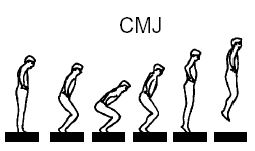Assessing athletic development can be done in an assortment of ways. Typically, such assessment is done by testing maximal strength in a movement, dynamic strength in a movement, and possibly some other type of “sport specific” movement. There is nothing wrong with this type of testing, but it can leave the coach asking some questions.
One of the issues with this style of testing is that it may not give enough “insight” to the development of the athlete. Every movement has many variables that influence its performance and it is hard to discern whether or not those variables are influencing the outcomes of the tests. Typically, such variables arise most often in a “dynamic” style of testing.
Why Test
It is important to understand why testing is done. Testing is done to help guide a training program, which means the more accurate the testing is, the better of an idea the coach will have at pinpointing areas of improvement. Granted, any form of barbell/weight room testing is relatively non-specific, it can still provide insights into possible “general” physiological and neurological qualities that influence performance.

Continue reading “What Are We Testing?”












You must be logged in to post a comment.